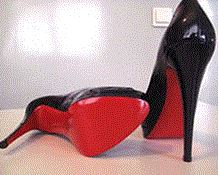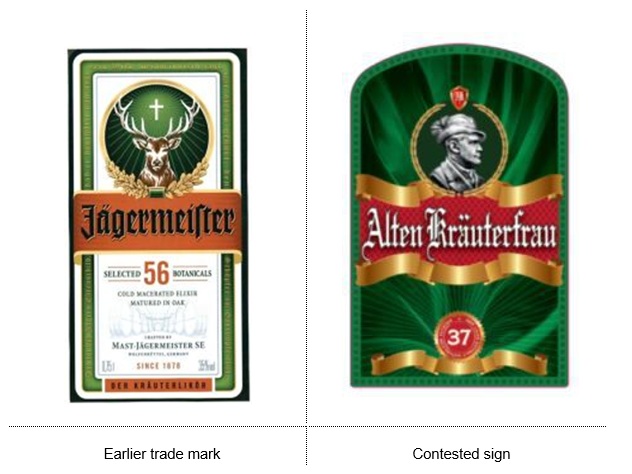The color red means energy, strength, power and passion. Shoe-wise, for most women it means one thing: Louboutins. However, the road was not easy for the French designer. In-and-out of courts for years now, the battles for his in(famous) “Red Sole” linger on. The most complex one, against van Haren, made its way up to the European Court of Justice (CJEU, ECJ) on 27 May 2016. We are giving you a summary of Louboutin´s time in court, as well as keeping you posted on all the updates.

USA
Christian Louboutin had no problem registering his red soles in the USA. Under the registration numbers 3376197 and 3361597, the US Patent and Trademark Office readily protected “lacquered red sole on footwear” or the “Red Sole Mark”. Read more about Trademark issue: Red sole(ly) for Louboutin?
